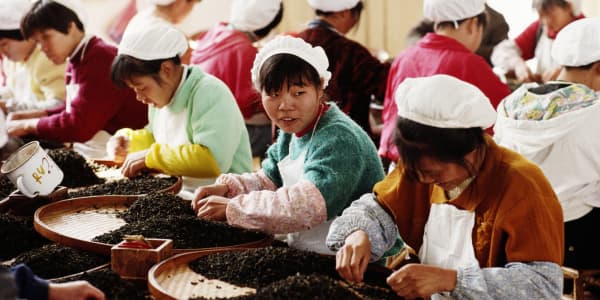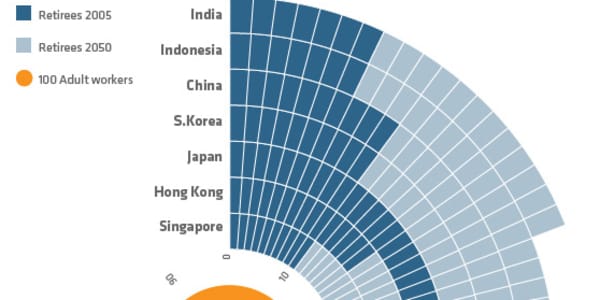
China's economy will get a considerable boost if it goes ahead and revises its controversial one-child-per-family policy, Citi Research analysts have found.
The highly unpopular law which restricts Chinese couples to only having one child has been in force for three and a half decades, but in recent months local media has reported that Beijing will revise the policy either later this year or early next year.
(Read more: China could ease one-child policy by year-end)
Under the new rule, families will be allowed to have a second child if one of the parents has no siblings, a change from the current policy where parents can only have a second child if both parents are only children. There is also talk of a blanket two-child policy after 2015.
According to a note from Citi, the change in China's population policy is set to give the economy a boost in both the short and long-term, at a time when its aging population is starting to turn problematic. In China 8.5 percent of the population is currently over 65, and this is set to rise to 23.9 percent by 2050, according to United Nations data.
"China has reached a turning point where the demographic dividend will become a liability," said Shuang Ding, China economist at Citi.
China's one child policy has meant the total fertility rate - the average number of children that a woman would give birth to over her lifetime - has declined from 3.0 during 1975 to 1980 to around 1.6 during 2005 to 2010, the Citi note said.
(Read more: China to post strong GDP but economists not sold)
"The resulting decline in the dependency ratio [the ratio of the working-age population to the dependent part of the population not in the labor force] has contributed significantly to China's amazing growth performance. However, working age population appears to have peaked...Population aging would reduce China's growth potential and put pressure on the pension system," added Ding.
China's economy has slowed in recent years as the government transitions from an investment led model to one based more on consumption.
Gross domestic product (GDP) rose 7.8 percent in the third quarter on year, the National Bureau of Statistics reported on Friday, up from 7.5 percent in the previous three months. Still, the pace has been lower than the double-digit growth rates it enjoyed in the past.
(Read more: China's yuan flexes muscle as US crisis rattles on)
Citi foresees two possible scenarios for the economy, which could occur if families are allowed to have more children, based on a likely and an aggressive scenario.
In the more likely scenario, the total fertility rate will rise from its current level of 1.6 to 1.8, and would lead to 11 million additional births in the next five years. In the more aggressive scenario, the total fertility rate would to rise to 2 and sees 16 million births over the same period.
In the near-term, the consequential rise in the population from Citi's more likely scenario would add 0.1-0.2 percentage points to annual growth, while the aggressive scenario would add 0.2-0.3 percent points to annual growth.
And after 2030, when the baby boomers enter the labor force, annual growth could be lifted 0.05 percentage points per year in the more likely scenario and 0.15 percentage points per year in the more aggressive scenario.
— CNBC's Katie Holliday: Follow her on Twitter @hollidaykatie





